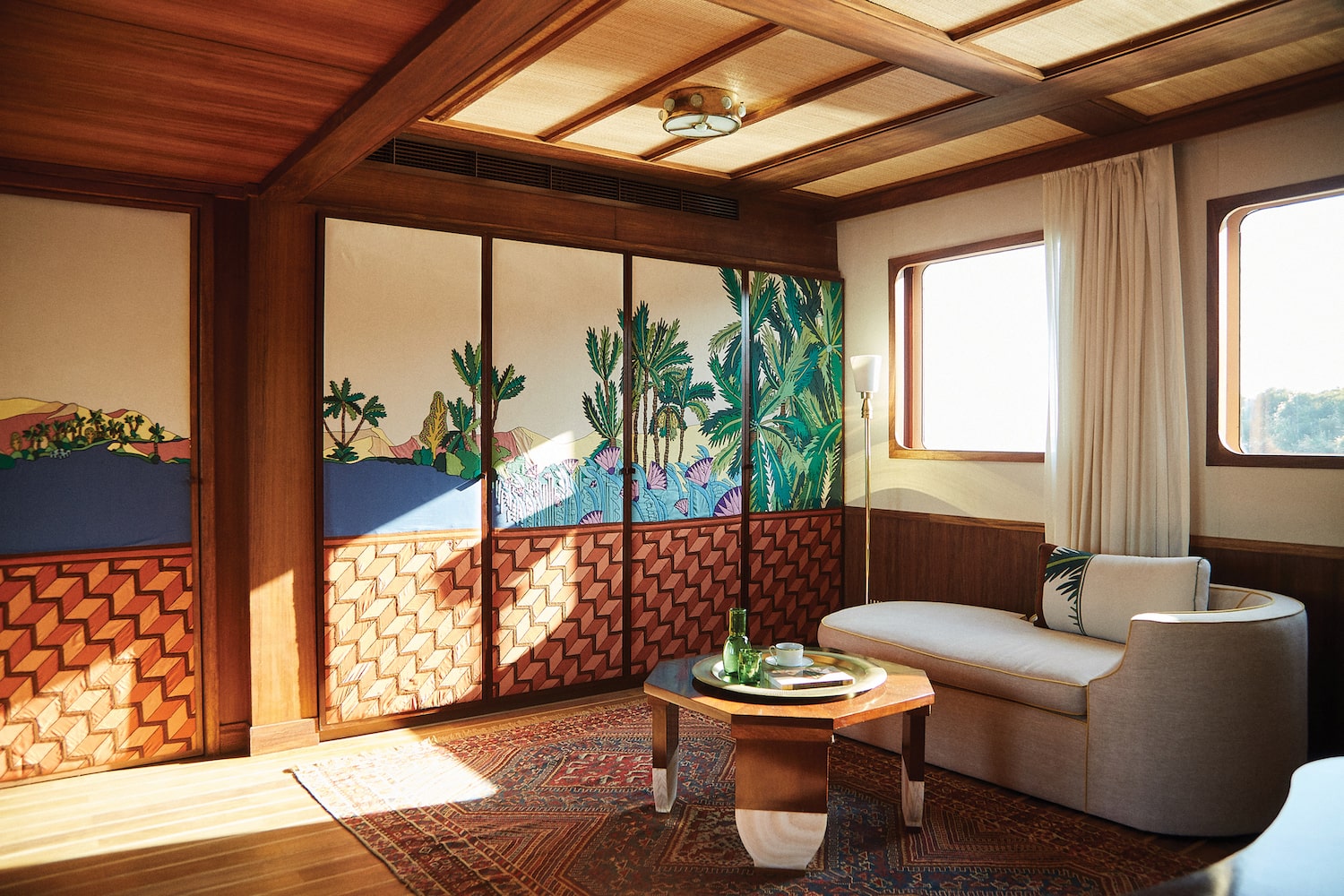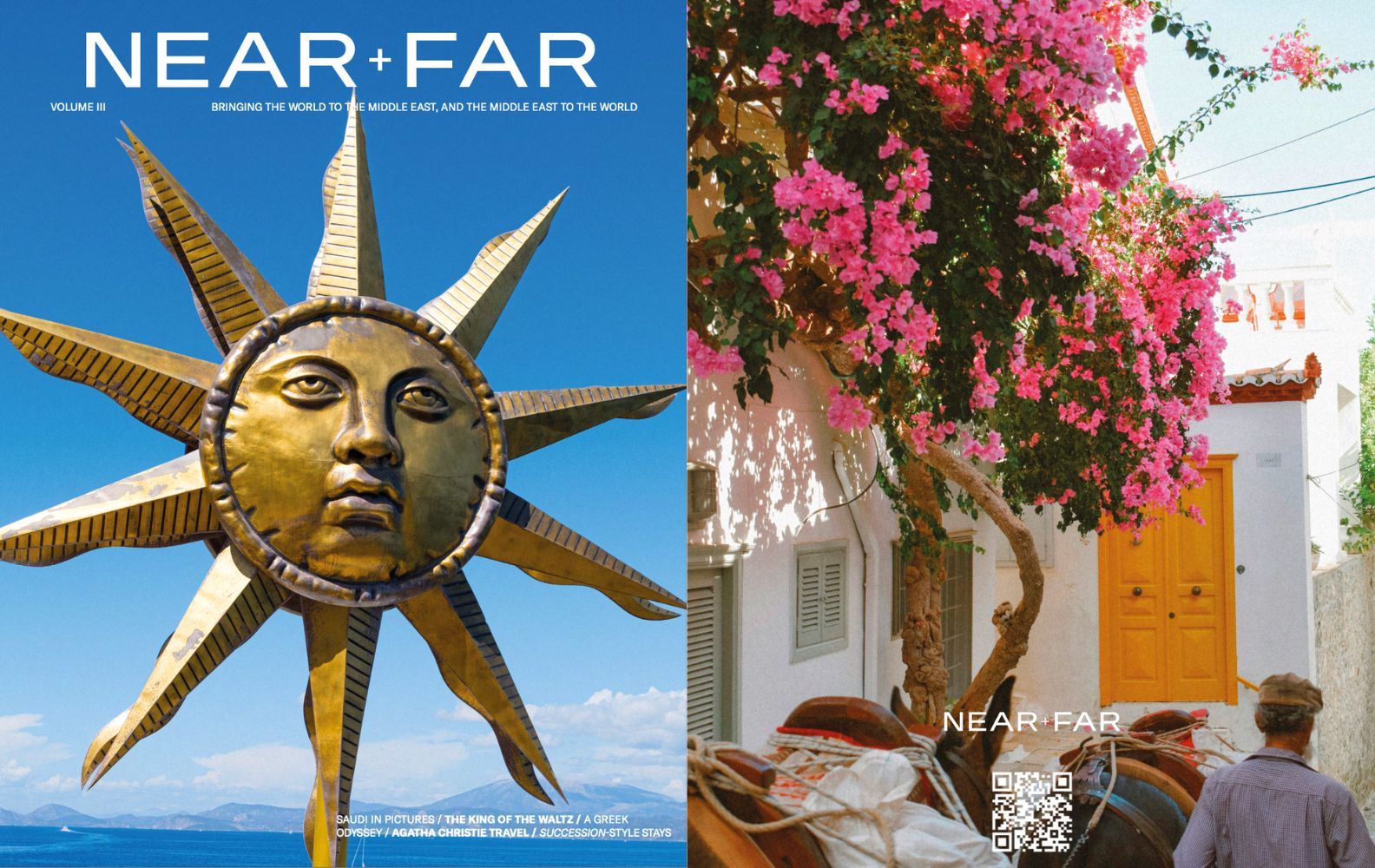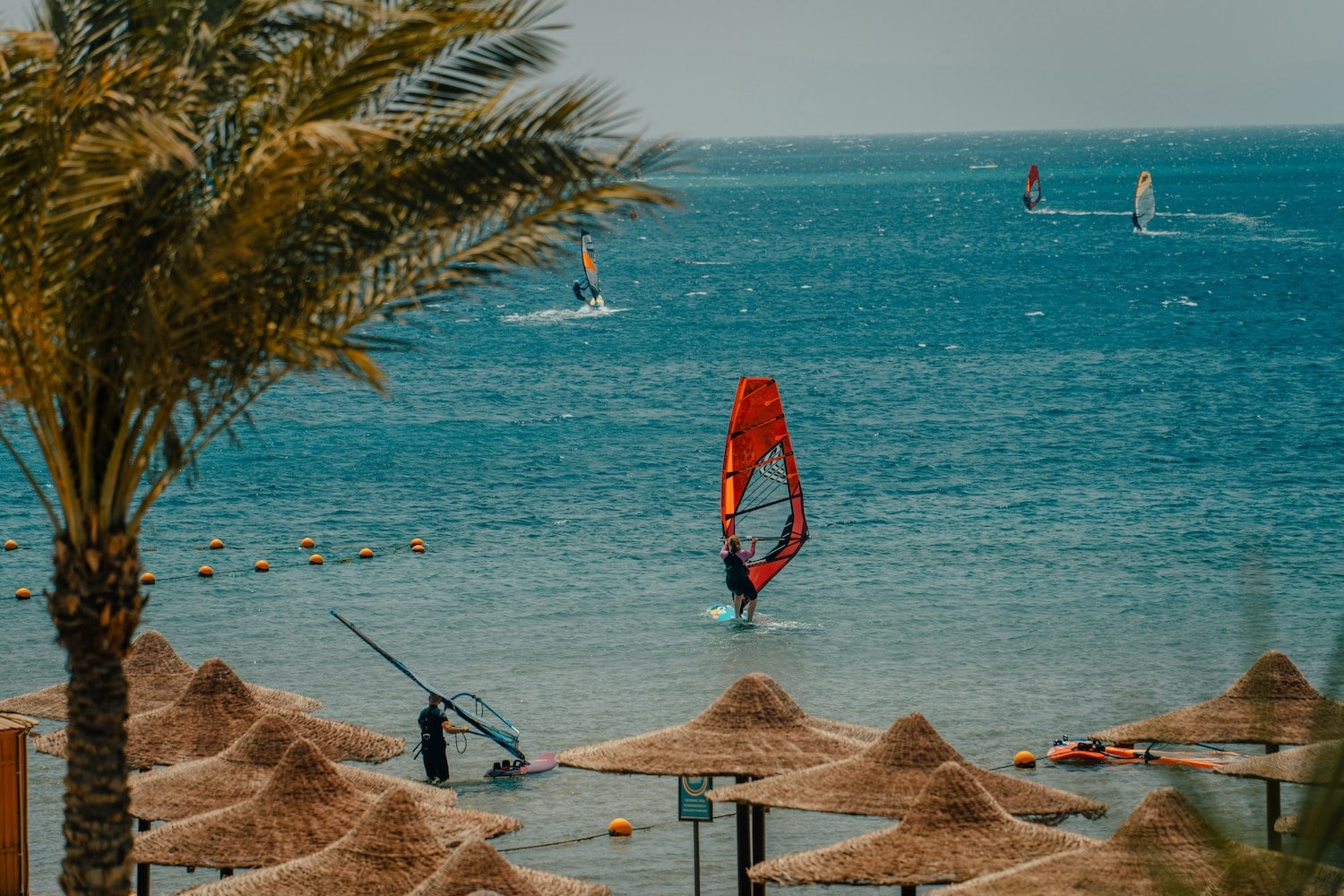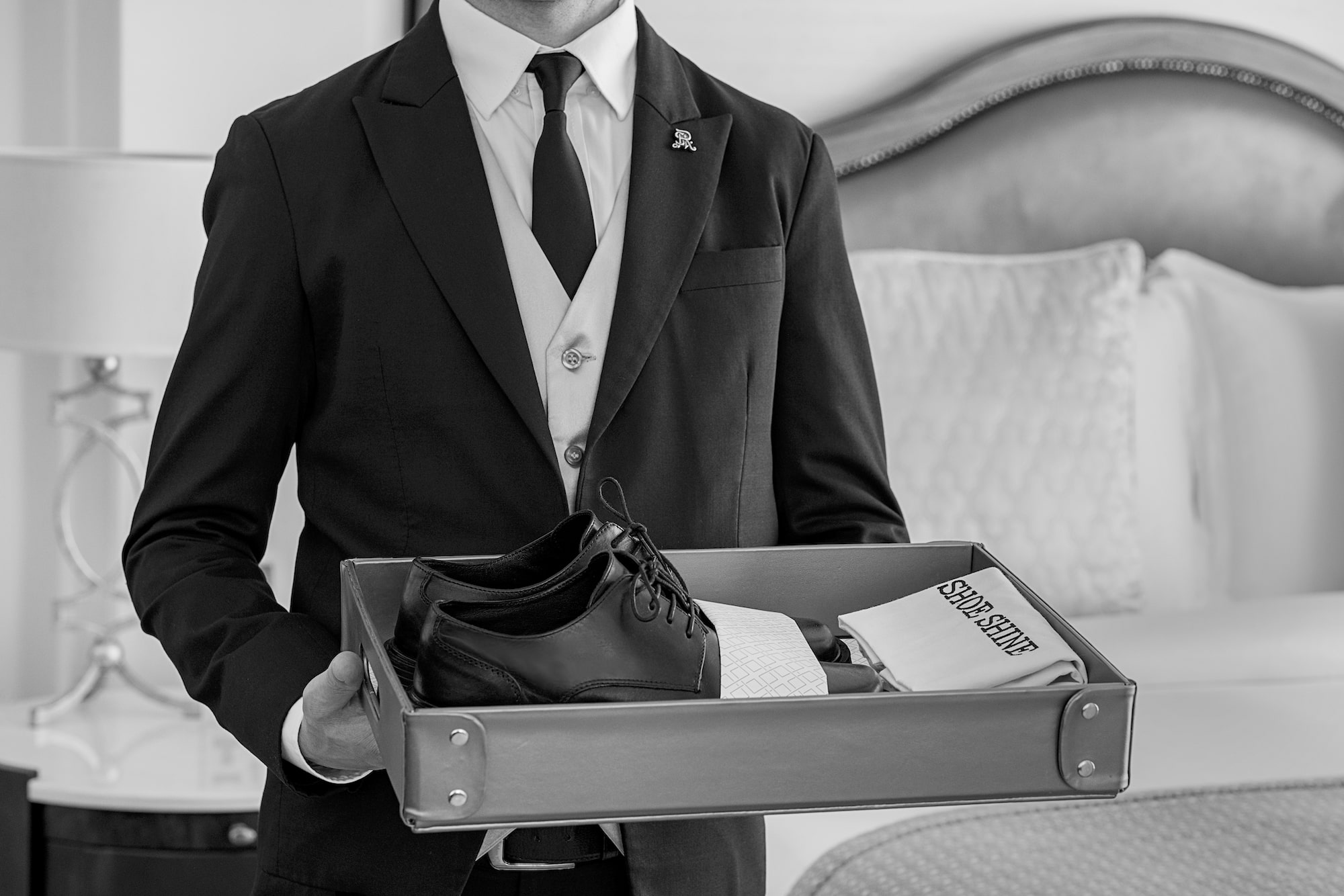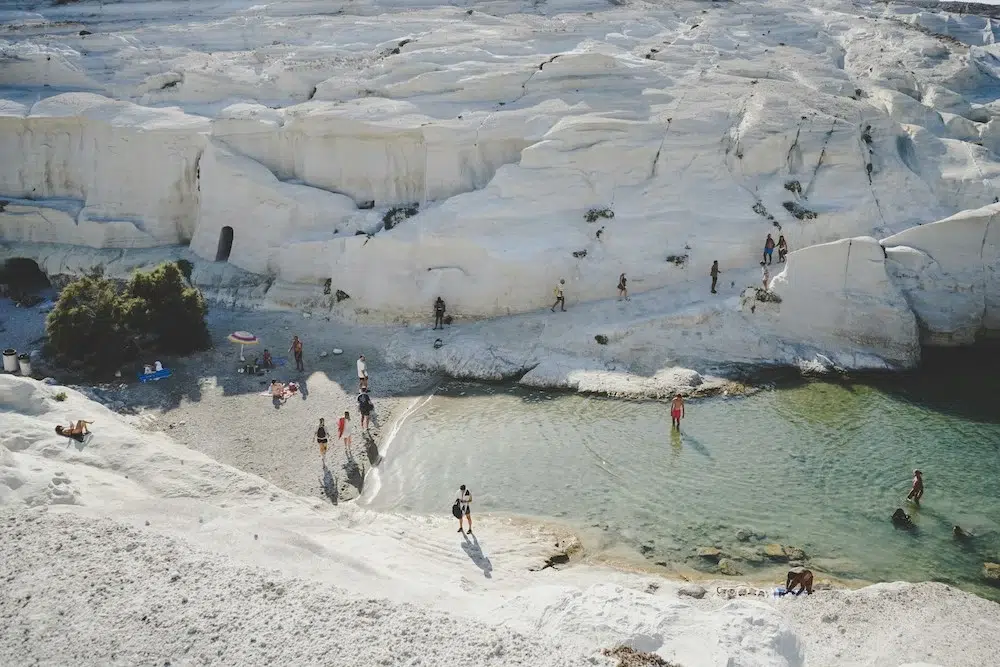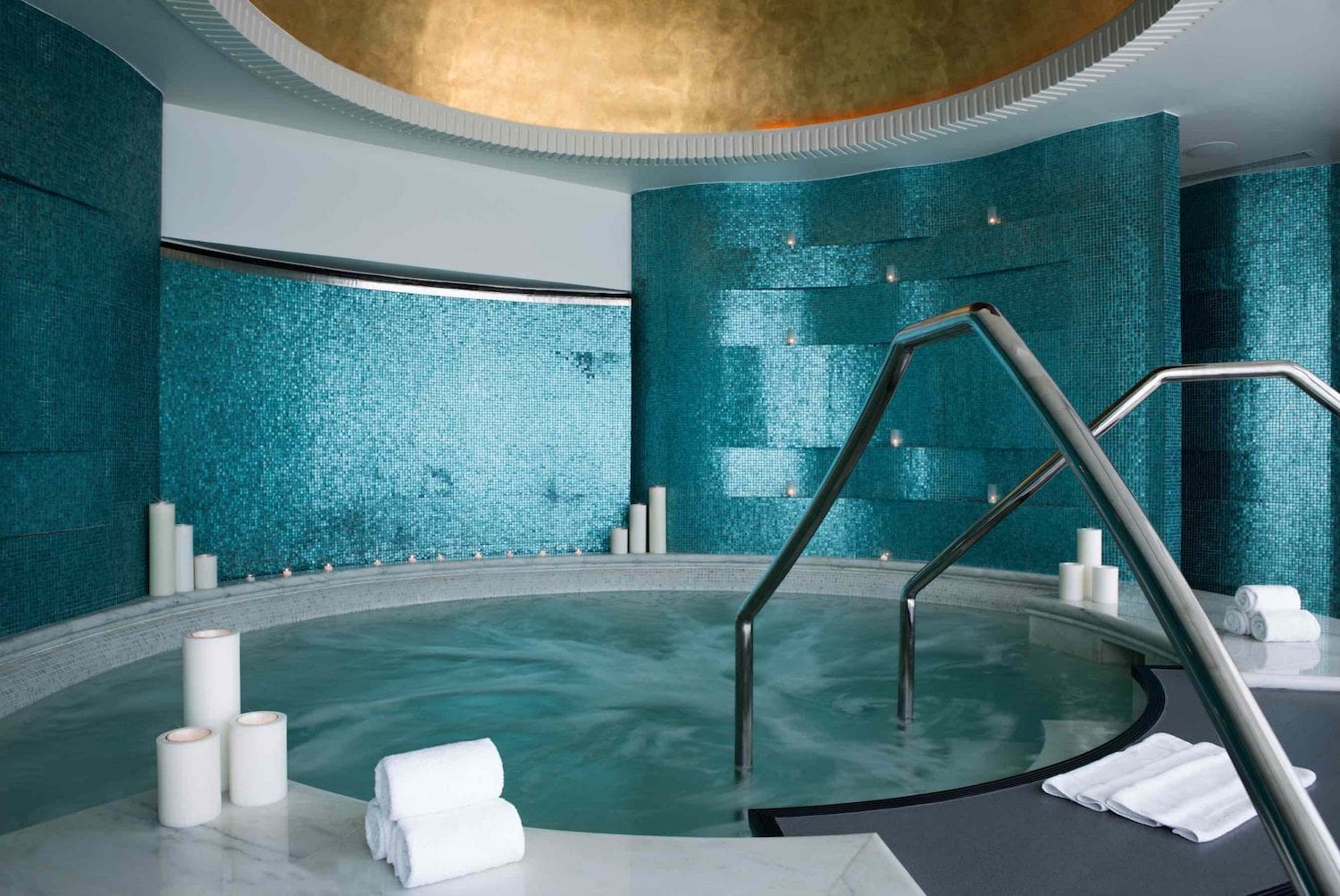Northern Spain itinerary: a culinary road trip through Asturias, Cantabria and Basque Country
7/09/24

On a road trip through Northern Spain, Isabella Sullivan discovers a bucolic landscape hiding award-winning restaurants and quirky boutique hotels housed in old palaces
“Do you really know Spain?” asks Rafael Pérez Navazo, gesturing out over the windswept Bay of Biscay to snow-capped mountains. The Atlantic Ocean below is like cut glass, reflecting the brilliant sunlight, palm trees sway in the breeze and the cliffside village of Lastres almost tumbles into the wild bay below. Northern Spain, with its lush green pastures and Jurassic jagged coastline, is a far cry from the sun-baked south and well-trodden cities like Barcelona, Seville and Madrid, but a treasure-trove of culture, history and gastronomy. Pérez Navazo’s question is the motto of his new company, Preiper Luxe – Authentic Heritage, a new organisation looking to champion the country’s undiscovered parts with 13 properties on its books and tailored itineraries and experiences. “This is why we created Authentic Heritage, to put these places on the map,” explains the Preiper Luxe founder.
Like many, I arrived in Northern Spain via a short connecting flight from the heady capital of Madrid, bundling into a quirky Spanish Hurtan car for a journey from Asturias to the Basque Country. The eastern region of Asturias is a sea of blues and greens, alive with food festivals and vibrant coastal villages. It lays claim to the nearest beach forest to the sea and highest mountain to the sea in Europe, most appreciated from the fishing village of Lastres. Clinging to the cliffside and a maze of cobbled lanes and washing lines, Lastres is the setting for Spain’s Doctor Mateo television show, its lighthouse the scene of impossible pink sunsets.
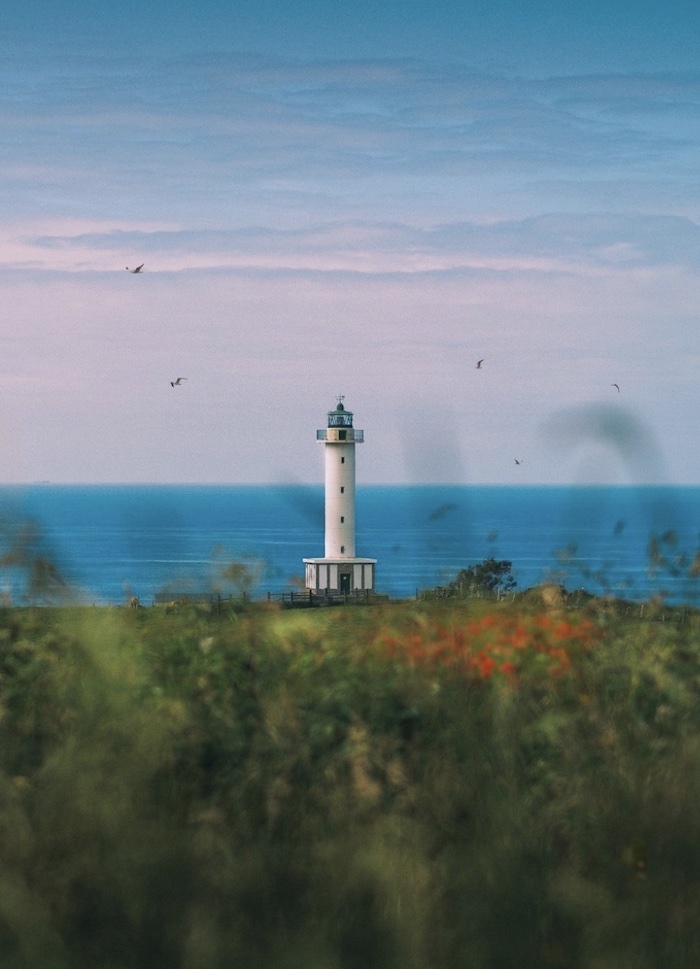
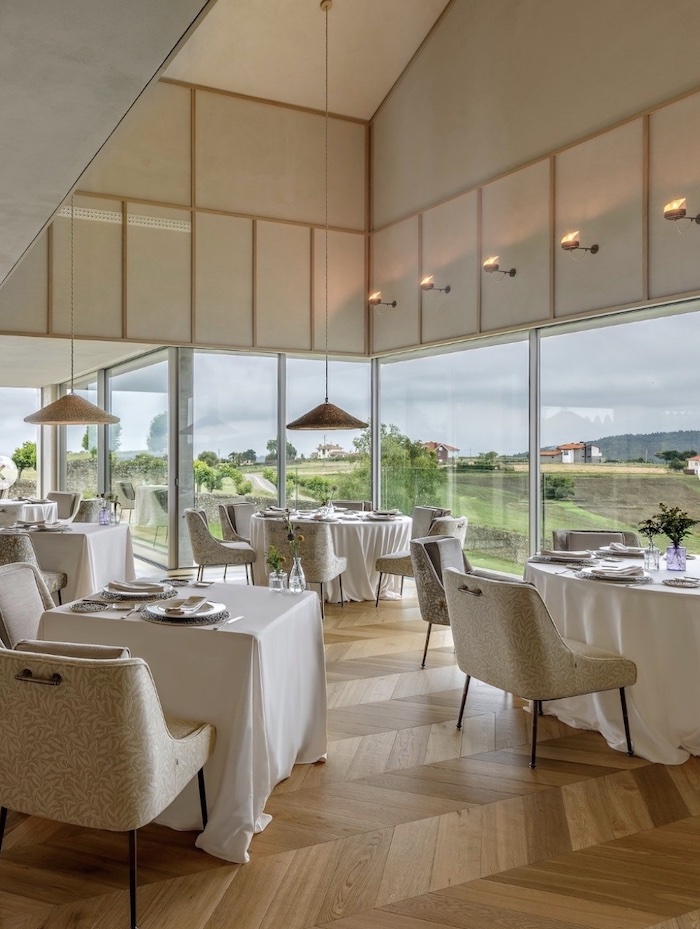
Northern Spain itinerary: Asturias – rugged coast, lush greenery, mountains and medieval architecture
Our Northern Spain itinerary begins in Asturias, where Preiper Luxe works with Palacio de Luces a restored 16th-century palace occupying a commanding position in the Austrian countryside. Part of Relais & Châteaux, it was taken over by Spanish boutique hotel brand CoolRooms in 2018 with a dose of cool injected. The historical palace poses as the main hotel, with modern glass extensions housing a wellness centre with sauna and pool views over the lush green gardens and botanical themed suites – all deep green velvet, nature-inspired art and earthy rattan furnishings. But this is more than a place to lay your head, and at the heart of the hotel is Tella, chef Nacho García Canellada’s restaurant vying for one of the region’s many Michelin stars. Looking out over pastures, forests and mountains, guests dine on farm-to-table and 12-course tasting menus. As untraditionally Spanish as it gets, a vegan tasting menu is whipped up in a heartbeat, showcasing the balance between tradition and modernity.
Much of the produce at Palacio de Luces is sourced from the locale. Anchovies are from neighbour Anchoas Hazas, a tiny award-winning anchovy producer, and tours and tastings here are as popular sports like swimming, surfing and hiking. The region’s hills are peppered with traditional restaurants opened by widows after the Spanish Civil War. A handful of these old mill house restaurants still pepper the region, like El Llar de Viri, where two flagstone dining rooms lead into an overgrown vegetable garden with tables for aperitivo. Over bubbling pots of Spanish fabada stew and fist-sized croquettes, pink-haired owner Elvira Fernández tells of a fire the mill suffered where just one recipe book survived. Nonchalantly, she reveals the family-owned eatery is also listed in the Michelin Guide.
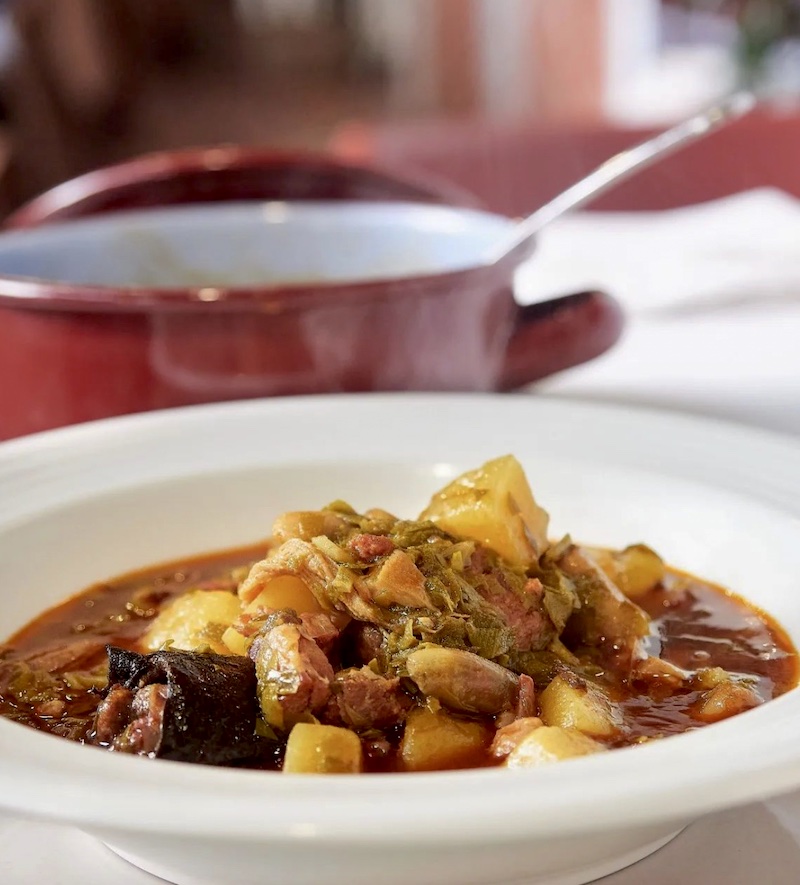
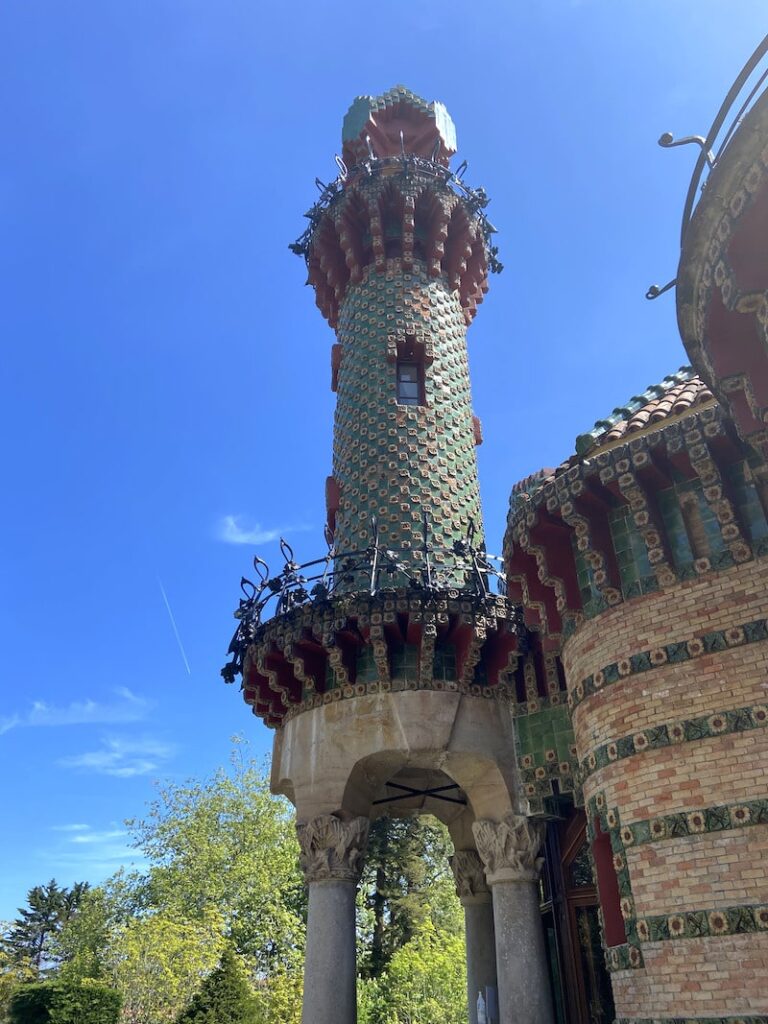
Northern Spain itinerary: Cantabira – Anchovies, golden beaches and Antonio Gaudí
A tapestry of forested national parks, golden beaches and valleys of caves and snow-capped peaks awaits travellers in the province of Cantabria, a short drive east from Asturias. Clusters of terracotta-hued villages pile above crystalline lakes and back onto the mountains, the most impressive, perhaps, the commune of Comillas.
Cantabria’s fortune was made by indianos, locals who sought their fortune in the Americas and returned with newfound affluence. Few were as successful as Antonio Lopez, who returned to his hometown with a desire to showcase his wealth. This small Cantabrian town soon acquired grand neo-Gothic halls, summer palaces and, most incongruously, a house by the work of one famous Catalonian architect. At the beginning of his career, a young Antonio Gaudí designed the private villa El Capricho, the home and gardens now a museum. A mosque-like tower pierces the blue sky, the exterior, inspired by Arabic and Oriental style, is adorned with plants and sunflowers. It’s just one of three buildings Gaudí made outside of Barcelona. “We have everything in Comillas,” says local tour guide Patricia. “We have all the famous Catalan architects in this small village.”
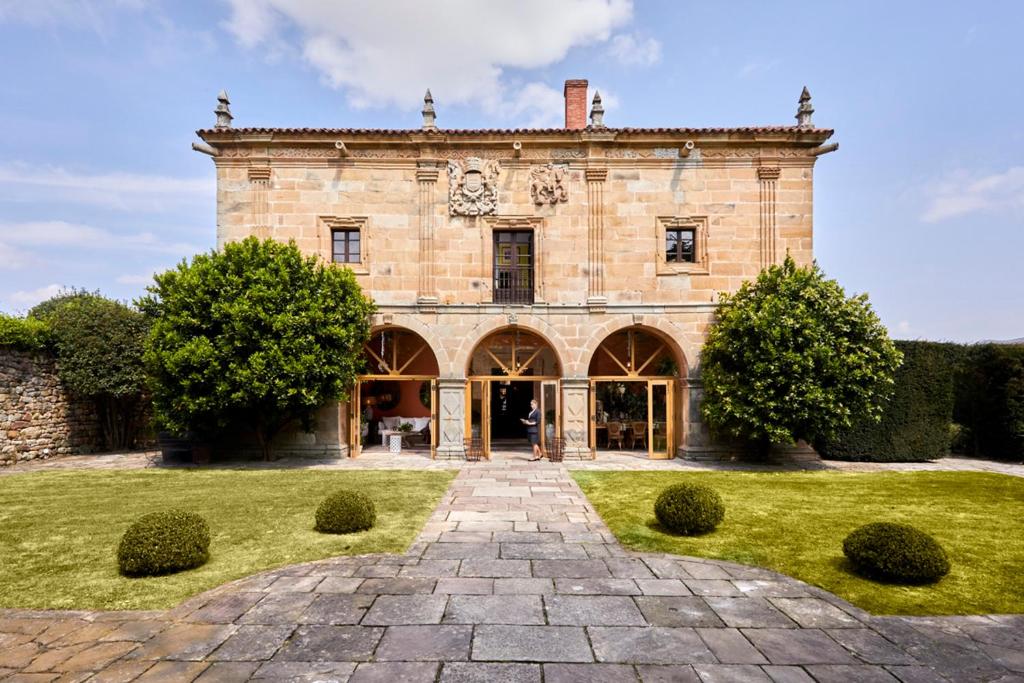
While Comillas lures with its evocative architecture, the province’s beachy capital Santander lies east with its fine dining and golden sands. Commanding a spot on the seafront, acclaimed El Serbal restaurant serves up traditional Spanish dishes with a modern twist, grape pairing menus and views over the Bay of Biscay. It’s glorious on a sunny day, picture windows opening up onto the golden beach below heaving with sun-creamed bodies diving into the crashing wave. But it’s inland, in the lush Valley of Pas, where Preiper Luxe’s Cantabrian property, Palacio Helguera lies.
What was once a ruined 17th-century palace has been transformed by the dynamic Malales Martínez Canut, from the Malmaca and Maria Mas Interiors studio, and her husband Antonio into a sumptuous boutique hotel. Grand stone walls and vines hide ornate tangerine and chartreuse rooms with chandeliers, candelabras, fireplaces and grand portraits of Spanish aristocracy. All 11 rooms are unique: a sultry enfilade has wood panelling, a four-poster bed and a fireplace, while a loft room has floral wallpaper, a roll-top bath and a pastel chaise lounges. Furnishings are sourced by Martínez Canut herself, who travels to Europe’s flea markets and antique stores acquiring candelabras, crockery and oil paintings.
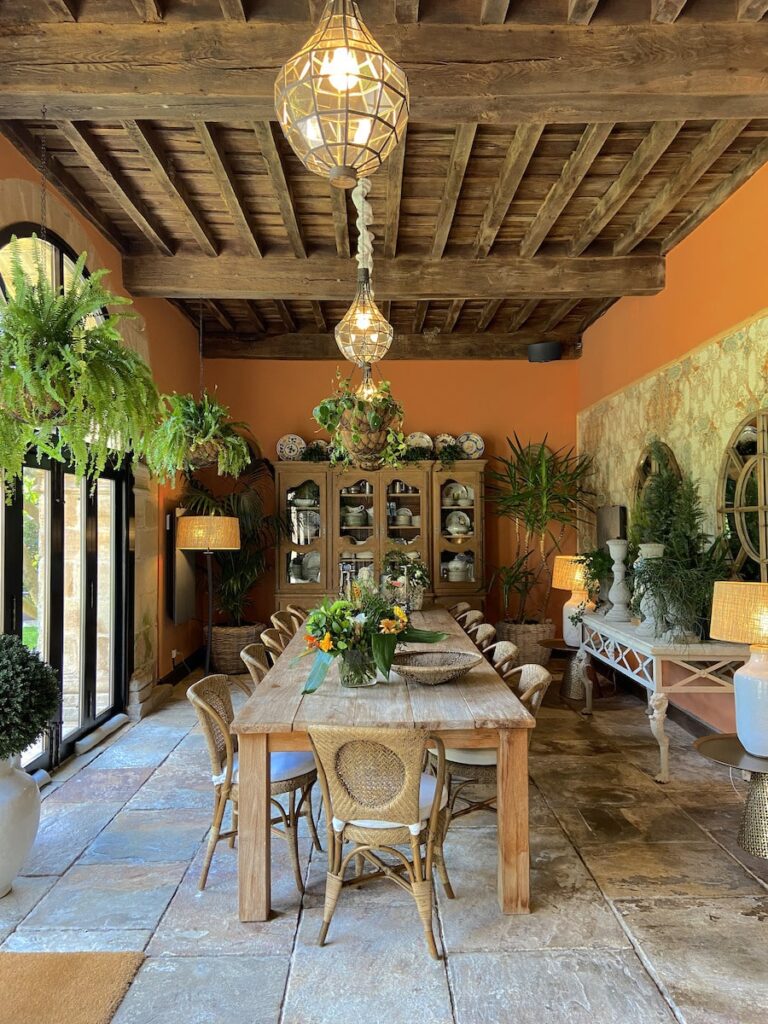
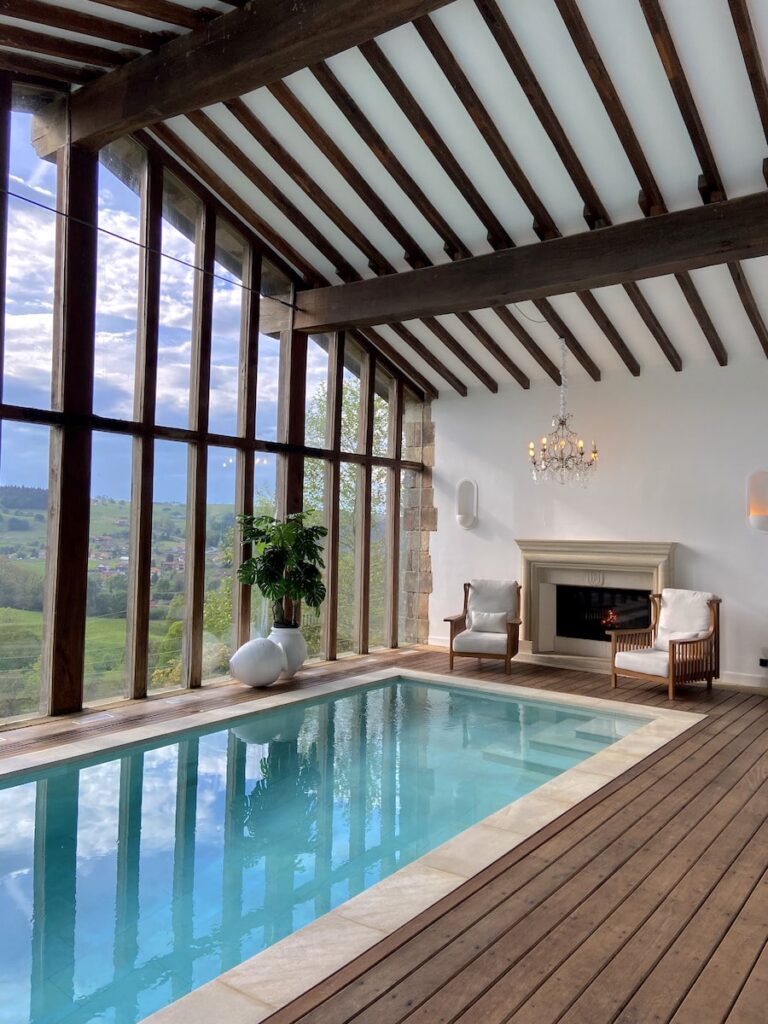
“We want our guests to be free,” she insists, “In that moment they are the owner of the hotel.” Guests can use the wellness centre with an indoor-outdoor pool, bubbling whirlpool and grand armchairs warmed by a, permanently stoked fire, and enjoy wholesome, traditional dinners and lunches in the intimate garden restaurant.
Northern Spain itinerary: Basque Country – Pintxos, txakoli and Spain’s most elegant city
The feeling of freedom is tangible in the Basque Country, a region straddling Spain and France at the foothills of the western Pyrenees and the final stop on our Northern Spain itinerary. Basque separatists have long fought for autonomy and the Basque language is largely spoken, but the people’s love language is food. While Bilbao lures with its Guggenheim museum and canals, the brightest Basque star is Donostia San Sebastián, a grand beach city lorded over by three forested peaks. It’s hard not to fall in love with its wide, Parisian-style boulevards, lined with elegant art nouveau buildings and linked by ornate bridges. The sky is eternally silvery grey, the city sparkling when a lucky sunbeam eventually does break through.
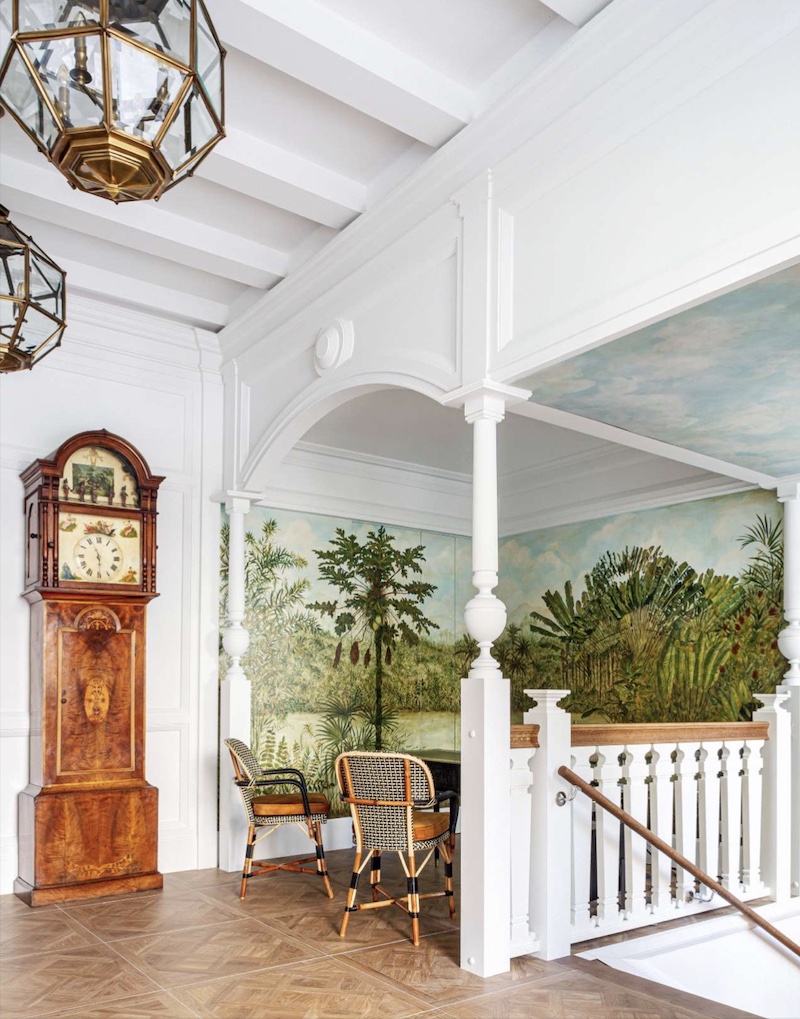
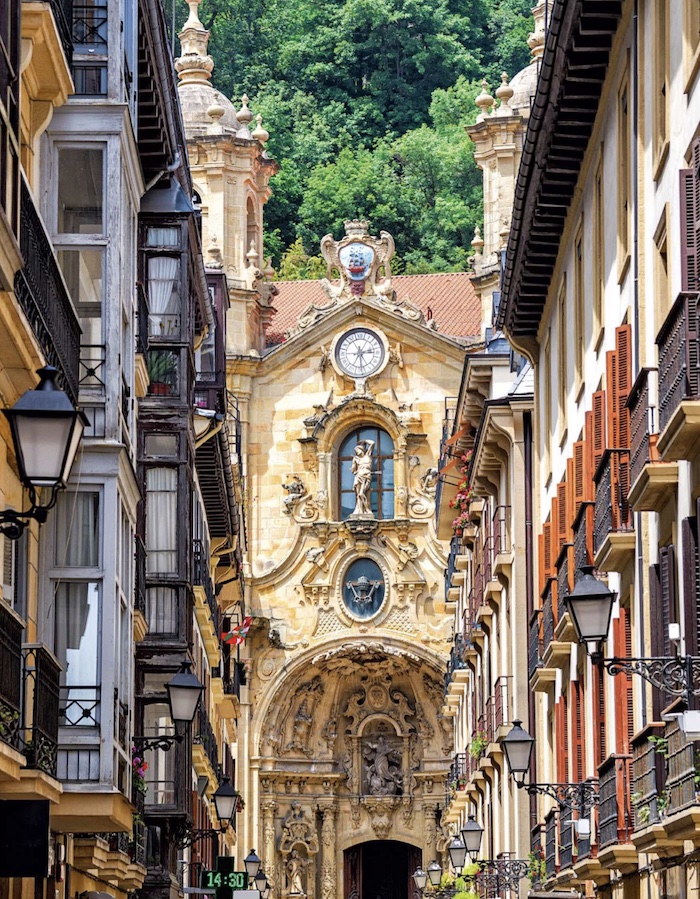
On the Playa de la Concha beach sits Hotel Villa Favorita a restored Georgian townhouse right on the sands. Inside is all white panelled walls, some hand-painted with colourful murals, parquet floors and art deco touches: nods to the city’s heyday as a royal retreat. Rooms gaze onto the golden sands and lapping waves where locals frolic in swimming caps and bathing suits, whatever the weather. In the basement lies modern fine dining Amelia by Paulo Airaudo, one of the city’s top restaurants and as untraditionally Spanish as it gets. Dazzling neon signage and Star Wars memorabilia frame an open kitchen where tattooed hipster chefs prepare dishes like scallops and Rossini caviar with vanilla oil and cheesecake made with goat’s milk.
It’s a total contrast to the laid-back cafes serving fresh oysters and txakoli (lightly sparkling grape) and the pintxos bars that litter the cobbled streets of the old town. Pintxos, Basque take on tapas, is a favourite city pastime and locals hop from bar to bar sharing dishes like creamy fresh asparagus, grilled octopus, stuffed piquillo peppers and cheese boards. The buzz in these bars is insatiable: groups standing, laughing and eating long into the early hours. “This is a place where Michelin stars appear overnight,” says Eskerne Falcon who runs tour agency Discover San Sebastián, and as a result, the city basks in year-round shininess.
Life in the north of Spain is slow and indulgent, it’s lush green countryside, windswept Atlantic coastline, design and food. Before my visit, I thought I really did know Spain, but it seems the answer is no, not really, not at all.
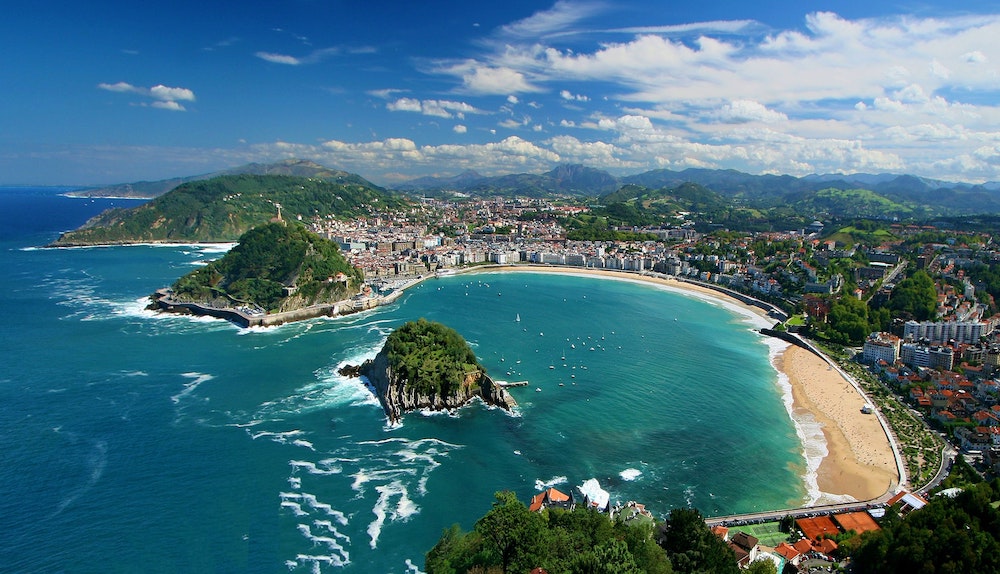
Getting there
Emirates, Etihad, Qatar Airways (qatarairways.com) fly direct to Madrid with local connections to Santander, Asturias and Bilbao.
Need to know
Preiper Luxe – Authentic Heritage has 13 properties on its books in regions across Spain, organising bespoke experiences, road trips in Spanish cars and itineraries through its concierge team. preiperluxe.com
Sign up for the latest travel news, reviews, inspiration and so much more from the Middle East and beyond straight to your inbox.
Leave a Reply Cancel reply
HOME
ALL ARTICLES
CURRENT ISSUE
ABOUT
CONTACT
Join our Newsletter
your email
Join our weekly newsletter for relevant, where to go now, our travel stories, unmissable offers, tips and what to do, buy and see that week
